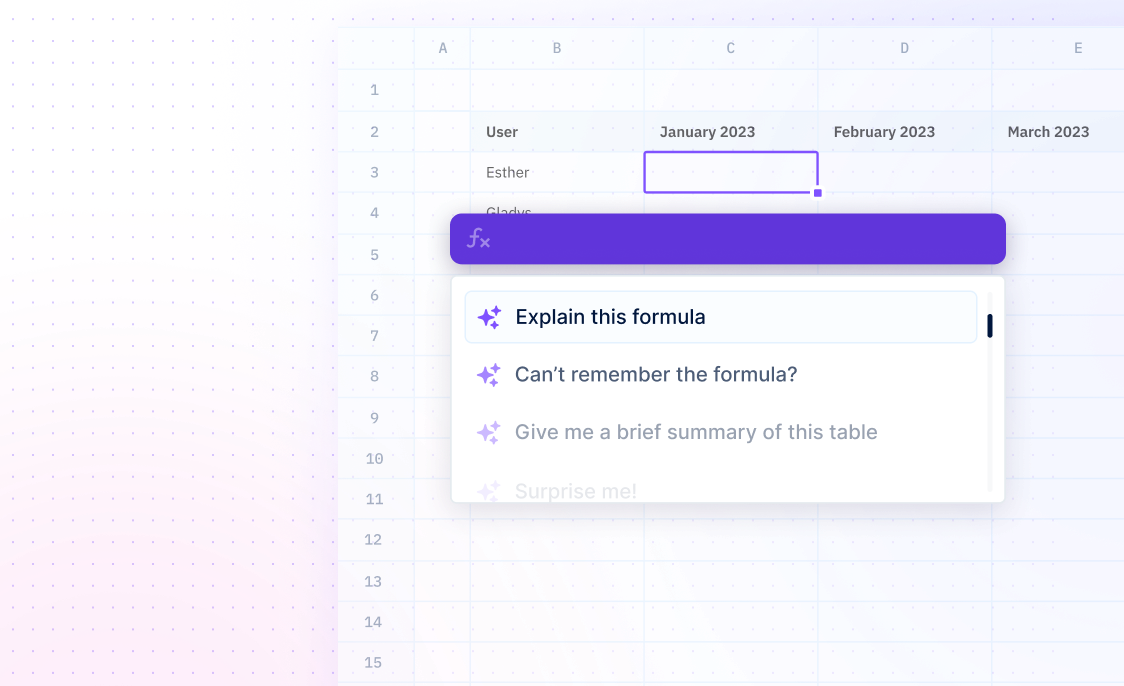
RECEIVED
Formulas / RECEIVEDCalculate the amount received at maturity for a fully invested security.
==RECEIVED(settlement, maturity, investment, discount, [basis])
- settlement - the security's settlement date
- maturity - the security's maturity date
- investment - the amount invested in the security
- discount - the security's discount rate
- basis - [OPTIONAL] specifies the type of day count basis to use
Examples
=RANK.AVG(94,B2:B8)The RECEIVED function can be used to calculate the rank of a number within a given range. For example, this finds the rank of the value 94 in the cell range B2:B8. In this case, the function will return 4 because 7/5/11 was the 4th hottest day of the days listed.
=RANK.AVG("apple",A2:A6)The RECEIVED function can also be used to calculate the rank of a text value within a given range. For example, this finds the rank of the text value "apple" in the cell range A2:A6. In this case, the function will return 3 because "apple" is the 3rd item in the list.
=RANK.AVG(B3,A2:A8)You can also use the RECEIVED function to calculate the rank of a cell reference within a given range. For example, this finds the rank of the value in cell B3 in the cell range A2:A8. In this case, the function will return 6 because the value in cell B3 is the 6th item in the list.
=RANK.AVG(A2:B8,C2:C8)The RECEIVED function can also be used to calculate the rank of a data set within a given range. For example, this finds the rank of the data set A2:B8 in
Summary
The RECEIVED function calculates the date when a security is received, given parameters such as settlement, maturity, investment, discount, and basis.
- The RECEIVED function calculates the amount received at maturity for a security that is fully invested. It requires four arguments - settlement, maturity, investment and discount - with the fifth argument, basis, being optional.
- The basis argument determines the type of day count basis to use.


